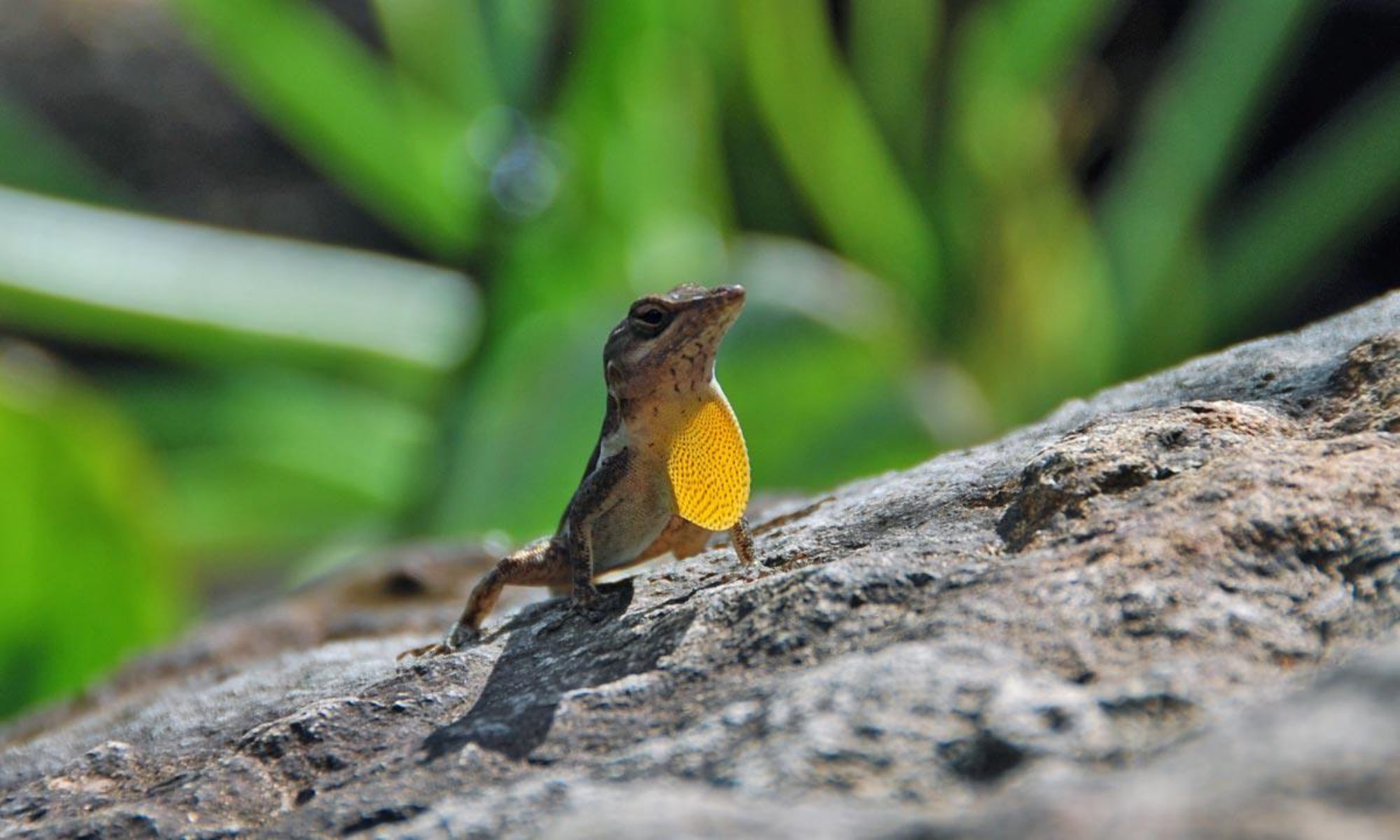
The soil on the left can hold its shape, absorb water, and support plant life. The dirt on the right doesn’t absorb any water. The lot is slowly becoming a dust bowl.
The dangers of soil erosion are not just limited to the Caribbean, but small island states like St Maarten / Sint Martin are going to be the first to suffer the consequences.
We live in paradise, surrounded by white sand beaches and protective coral reefs. The reef provides more than just calm beaches, it is responsible for the food on our tables. If we destroy the reef, we destroy our beaches. Then, we destroy our tourism economy. We erode our coastline. We subject ourselves to the wrath of Atlantic storms.

How are we destroying our coral? By constantly subjecting it to untreated sewage, rain water runoff, plastic pollution, and toxic sunscreen.
We have all seen the roads filled with terracotta colored floodwater. We have all seen the muddy stain around the islands after storms. Soil erosion is happening every day in the Caribbean and the world.
How? Clearing Land

We are the architects of our own demise.
Time and time again we watch land being cleared. Sometimes something is built, sometimes the land is left to fend for itself. In either case, the land is subject to further soil erosion from wind, human activity, and rain.
The degradation of the cleared land happens continuously. Once the process starts there is little we can do to stop it. It takes just months (or hours!) to erode away thousands of years of topsoil. (It takes 1,000 years to build just 3 cm of topsoil! )
In the mean time, invasive weeds thrive. Non-native species like Tan Tan ( Leucaena leucocephala) and Guinea Grass ( Megathyrsus maximus / Panicum maximum) take over. The land is no longer suitable for agriculture without importing compost or topsoil.
But the problems don’t end there: The land no longer absorbs water. It runs off, contributing to to flash floods, putting all the island’s inhabitants at risk. These floods reach the sea more quickly, helped along by concrete and man.
In the sea, the fine sediment weakens coral so the beaches are no longer protected. Waves threaten roads and buildings which were once protected by nature’s defenses.
We are the architects of our own demise.

The solution is staring us in the face!
What if I told you you didn’t have to clear an entire piece of land to build on it? Have you considered leaving the native trees in place to stabilize the soil until your fruit trees become established? What if we landscaped around a newly built house using native soil, home made compost, and wood chips from the same trees you cleared to build the house?
Can you imagine if we collected and used all the water that fell on our properties? What if we paved with permeable concrete or other pervious pavings? What if we landscaped in a way specially designed to mitigate flash flooding?
All this is possible. The knowledge exists. The examples and training are available right here in the Caribbean.
You can study permaculture at the Caribbean Permaculture Research Institute of Barbados ( https://www.cpribarbados.com/pdc-course) . You can look and learn from farms in the region who focus on permaculture. (Check out Full Belly Farm in the British Virgin Islands https://www.facebook.com/fullbellyfarmbvi/ ). You can ask your Architect about the ways your project can do as little harm as possible. We can keep trees, compost our food waste, use fewer pesticides, and do everything in our power to keep our soil and water healthy.
Our Caribbean depends on it.
I will leave you with a simple quote:
“Despite all our achievements we owe our existence to a six-inch layer of topsoil and the fact that it rains” — Farm equipment association of Minnesota and South Dakota
Furthur Reading:
http://www.bbc.com/future/bespoke/follow-the-food/why-soil-is-disappearing-from-farms/

